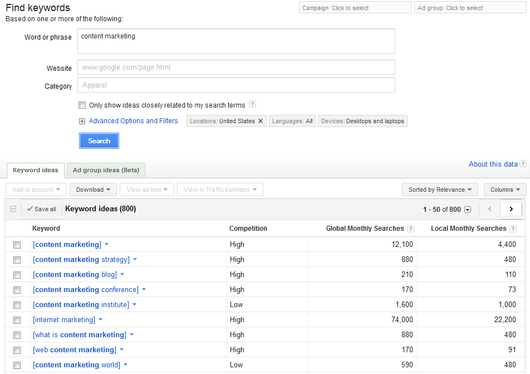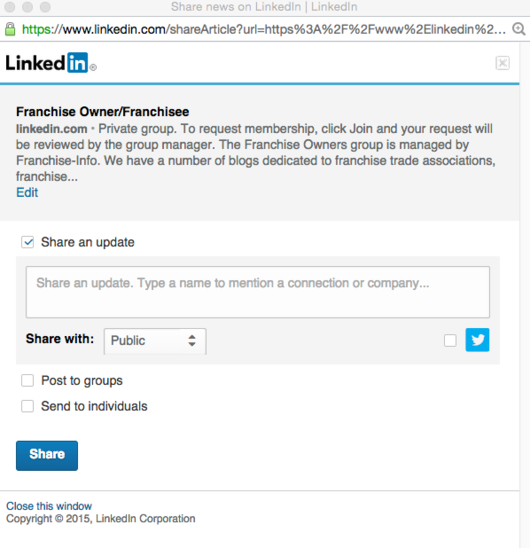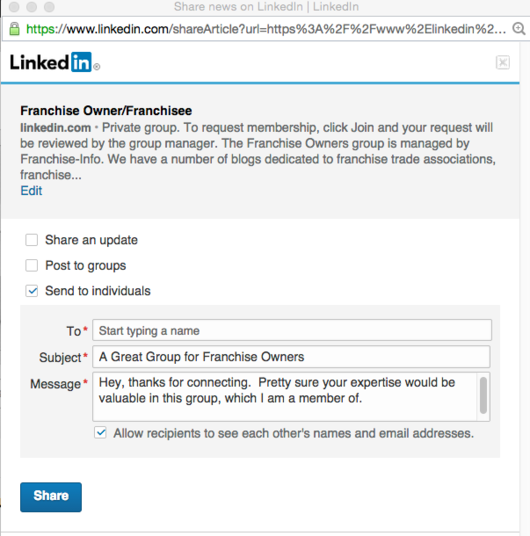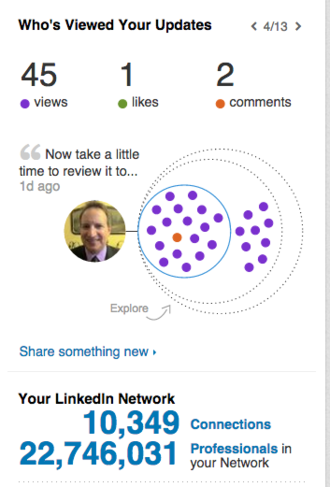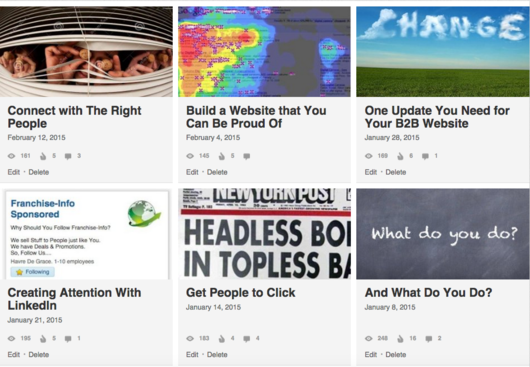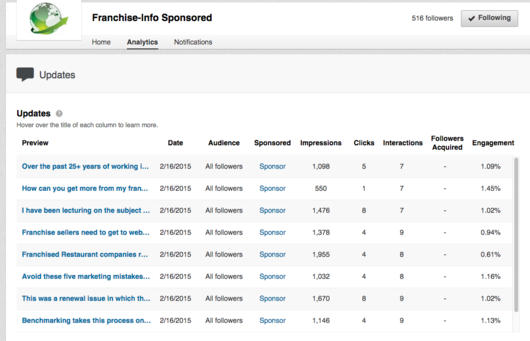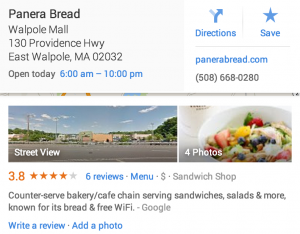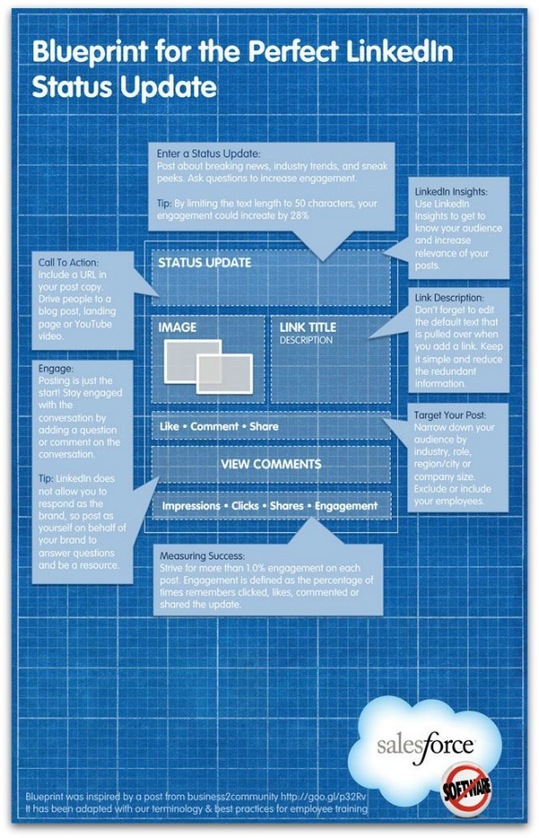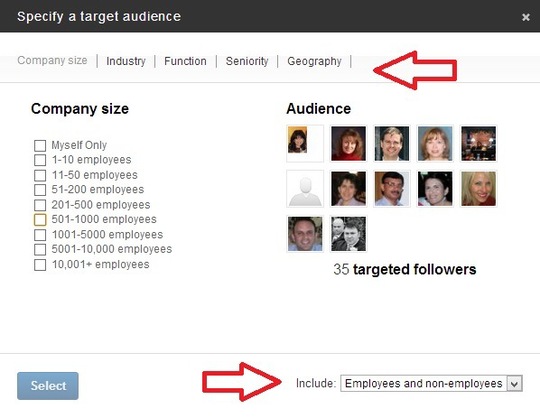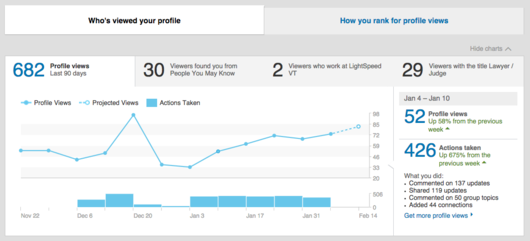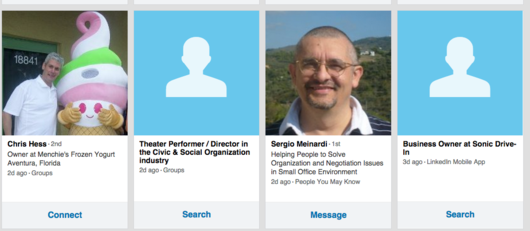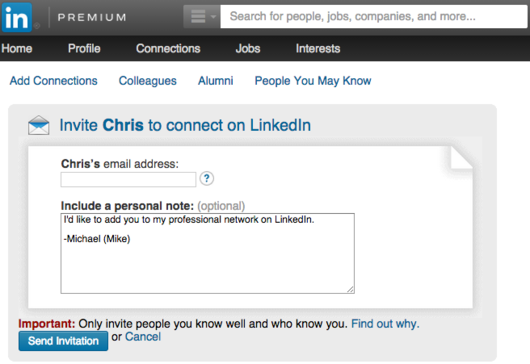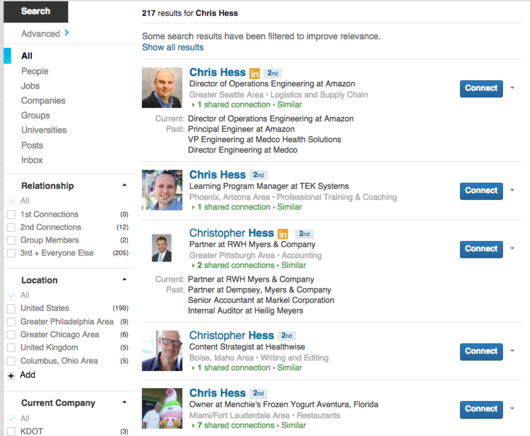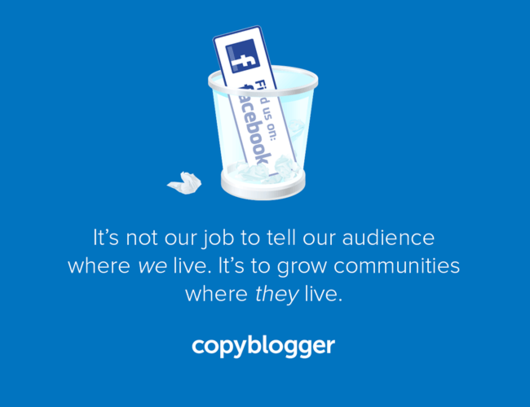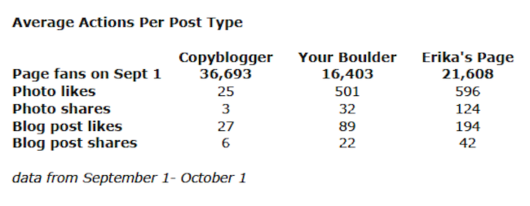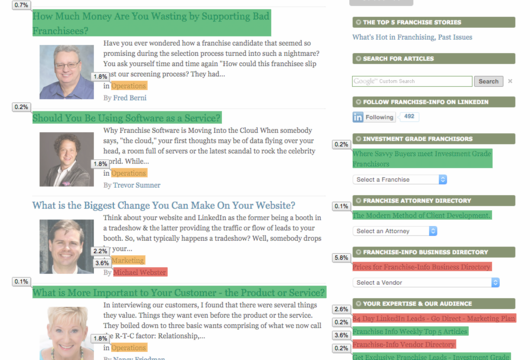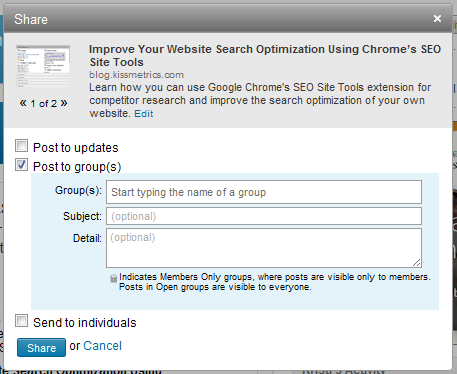Recently a potential client asked "How much for your company to re-do my website?"
A question so simple carried with it such ambiguity.
Before determining the answer we had to know specifics.
Starting with history, we asked when was the last time the website was worked on. The answer came back ..."oh, I dunno, maybe 5 to 10 years ago."
When we asked what functionalities would be needed, the eyes glazed over.
When asked what were the business goals..... a long discussion followed about tactics but no real strategic plan emerged. Desperate for some kind of feedback we asked.... "why do you think you need your website re-done?"
The answer.... "Folks tell us it looks a bit outdated and we think when people go there, after seeing the same thing over and over, they may not want to come back."
Saying one needs a website today is like saying one needs a religion. Would you like that by the cup or by the pound?
A simple style sheet change or choosing a "new template" in today's business world is not going to offer any more relevant content than what was offered before.
Taking that tact will do more harm than good. Yet that is what this potential client was fishing around for. They later openly stated they had a relationship who could "freshen" up their site for $500 and wanted to know if we could be competitive.
What they had failed to realize was.... websites no longer exist... driven from existence by technology much like the typewriter.
What has taken their place is a myriad of online business solutions. These solutions are predicated on facilitating specific business goals. Some help drive service businesses and others drive companies who sell products. Their was a good solution waiting for these folks that would have elevated their business. Eventually their competition will drive them to this realization.
The upside to this evolution is businesses now have the potential to be a global offerings. But maybe you do not need that. Maybe you just want to be local.... and that's OK. Regardless of your ideal market size, the first thing people will do when they become aware of your offering, is validate you. That is done online. And all of the tenets that drive good marketing today should be in place when they pull up your online presence.
A comparative from what one did yesterday to market to what is being done today might help illustrate my point:
Why someone should buy your product or service over your competitor. In yesterday's world, you sent out a direct mail piece and bought newspaper and trade ads containing customer testimonials. In today's world, your "website" has the ability for your customers to "like me" on Facebook, write a review and share through email and other electronic venues. Now your customers spread the good word, or bad word, about your service or product.
Want to know why customers buy your product and/or service and what else you could offer them?
It is much easier to do that today if your online presence has the functionalities in place to acquire that data.
To get this kind of information in yesterday's marketing world, focus groups were pulled together matching your target demographic. They were or weren't buying your product and as you sat sequestered behind "the glass" in an adjacent room you listened to these folks talk about your offering.
Led by a moderator they talked about what and what was not appealing to them. One would pay tens of thousands of dollars for that information.
Now, you post a form on your website with the same questions or have the form as part of an email that is generated automatically when someone has inquired or purchased from your "website."
And maybe you add to that form a trial offer or a discount on their next purchase to stimulate response and increase repeat business... a reward for their valued opinion. It's a lot less expensive than focus groups and you will be amazed what you will learn all the while increasing your sales. Your online presence should be a core function of your business and marketing efforts.
Do that and offer relevant meaningful content to your current and potential customers and you have a way finder to future success.
The basic paradigm of marketing your company and getting awareness has not changed over time. What has changed is how your customers come to know your offerings and your value proposition. It's not by way of a newspaper or a magazine. In fact, buy a commercial during the Superbowl, the holy grail of awareness, and prepare yourself to be vetted out by way of mobile phones, note pads, laptops and desktop computers.
A $500 CSS template change for your website is like throwing an Earl Scheib $99.95 paint job on a rusted out 10 year old car and asking customers to get in for a test drive.
It's the last thing you should ever want your customers to experience.
Today your current and prospect customers are not going to your website. They are going to your business. What you offer and the experience they have while there will be critical to your prosperity.
If you liked this, you should sign up for the LinkedIn Marketing & Advertising Tips from Franchise-Info newsletter.
Or, for more information on the Franchise-Info Business Directory, call Joe at 1-443-502-2636 or email Joe direct [email protected]

